The Shape of Things to Come: Oriental Rugs and Carpets at Christie’s King Street
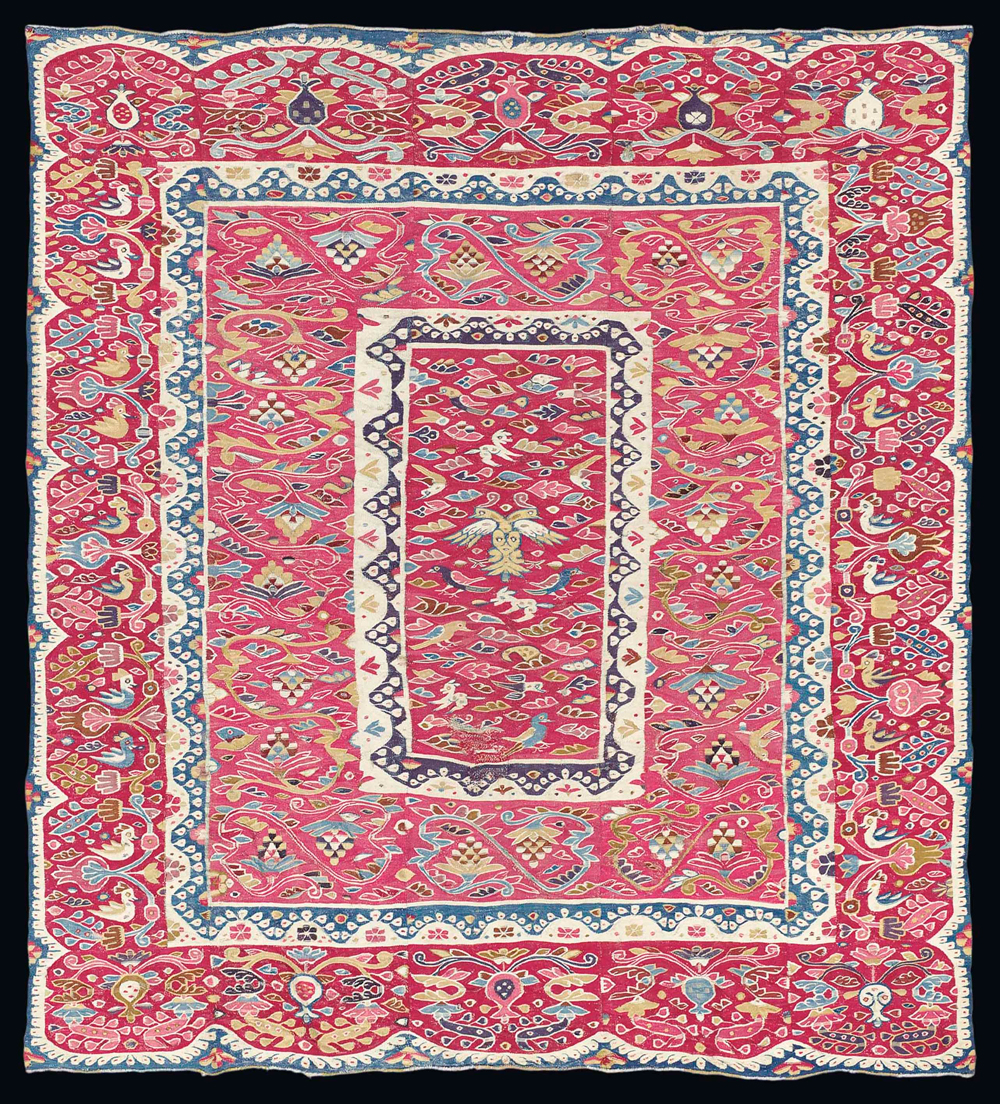
Lot 78, THE PROPERTY OF BRIAN SEWELL, A COLONIAL ANDEAN TAPESTRY, PERU, LATE 17TH/EARLY 18TH CENTURY, 6ft.1in. x 5ft.7in. (185cm. x 170cm.) £20,000-30,000
The London autumn Islamic sales are drawing near. In terms of rugs and carpets, Christie’s is the main player with a small sale of 138 lots, although Sotheby’s is returning to the fray in early November with their first specialist sale in several years. What Christie’s sale on 6 October lacks in quantity is compensated for by the overall quality of the goods on offer, many of which come from private consignors rather than the trade. There are no classical period rugs of great historical interest, or special provenance, of the kind likely to attract major institutional buyers, but lot 90, a cartouche-only bordered 17th-century ‘Transylvanian’ double niche rug, in reasonable condition, is estimated at £30-40,000, and two small 17th-century Ushak Lotto arabesque rugs, lots 88 and 89, are estimated at £15-20,000 and £10-15,000 respectively. Lot 8, an unusual 18th-century central Anatolian rug is expected to sell for £6,000-8,000.
The consignment of 19th-century carpets includes a fully embroidered Azerbaijan silk prayer niche, lot 101, catalogued as 17th/18th century and expected to make £20-30,000; a Karabagh Harshang design kelleh, lot 58, dated AH 1259 (1843/4 AD) and estimated at £25-35,000, and another such, lot 99, perhaps slightly earlier, uninscribed but with a small central medallion (£20-30,000). There is a fine Farahan millefleurs prayer rug (lot 50), and a Bijar Garrus arabesque carpet (lot 100) both estimated at £25,000-35,000, as well a fine silk Heriz rug, lot 25 (£20-25,000). Collectors of village rugs should respond well to lot 1, a Karachov Kazak, very approachably estimated at £12-16,000.
But perhaps the most exciting object in the sale is neither a carpet nor oriental. This is lot 78, a rare 17th/18th century Andean colonial tapestry consigned to the sale by the well-known British art critic Brian Sewell, estimated at £20-30,000, but which should do considerably better.
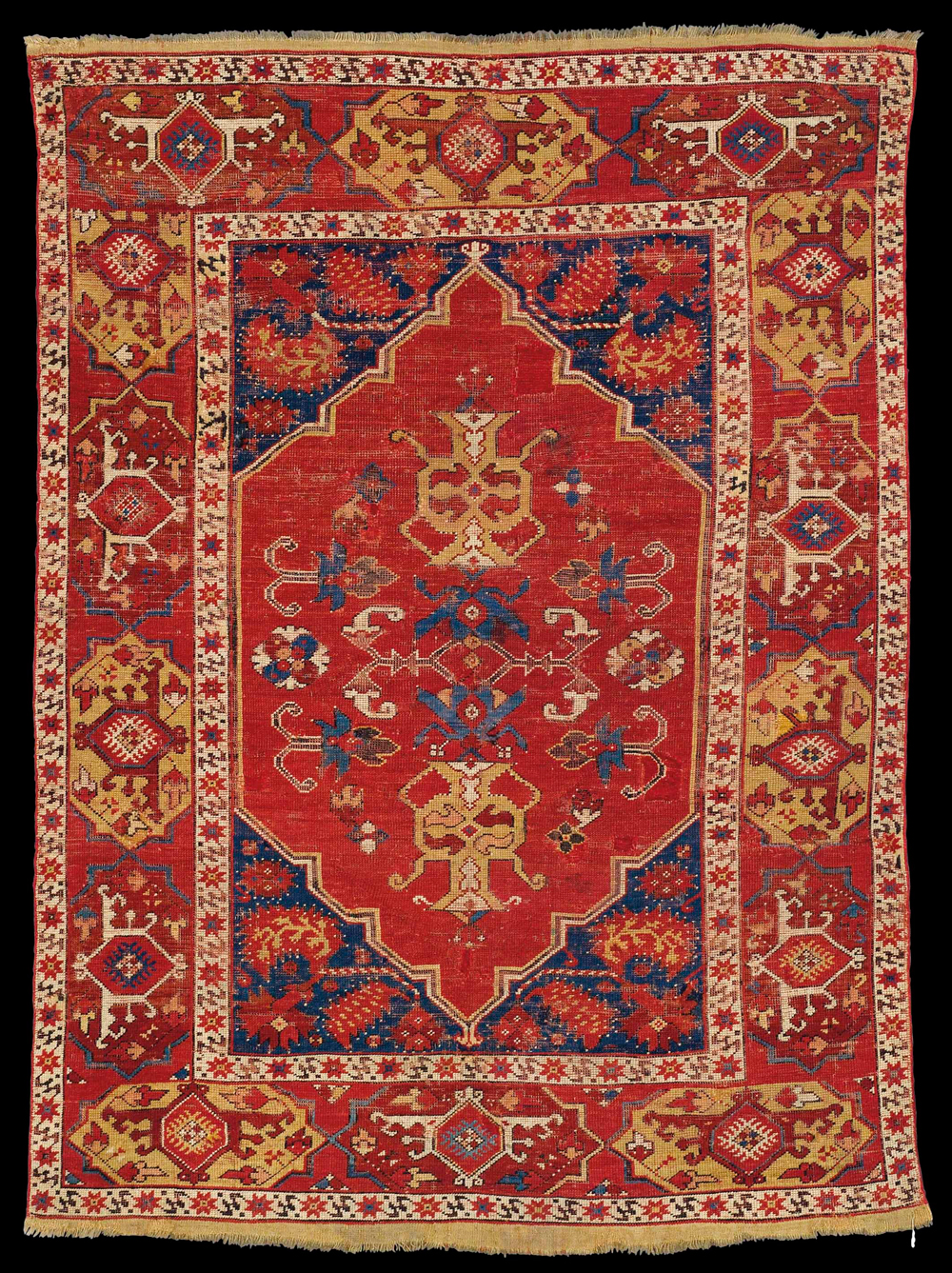
Lot 90, A ‘TRANSYLVANIAN’ DOUBLE-NICHE RUG, WEST ANATOLIA, FIRST HALF 17TH CENTURY, 4ft.11in. x 3ft10in. (150cm. x 115cm.). £30,000-40,000
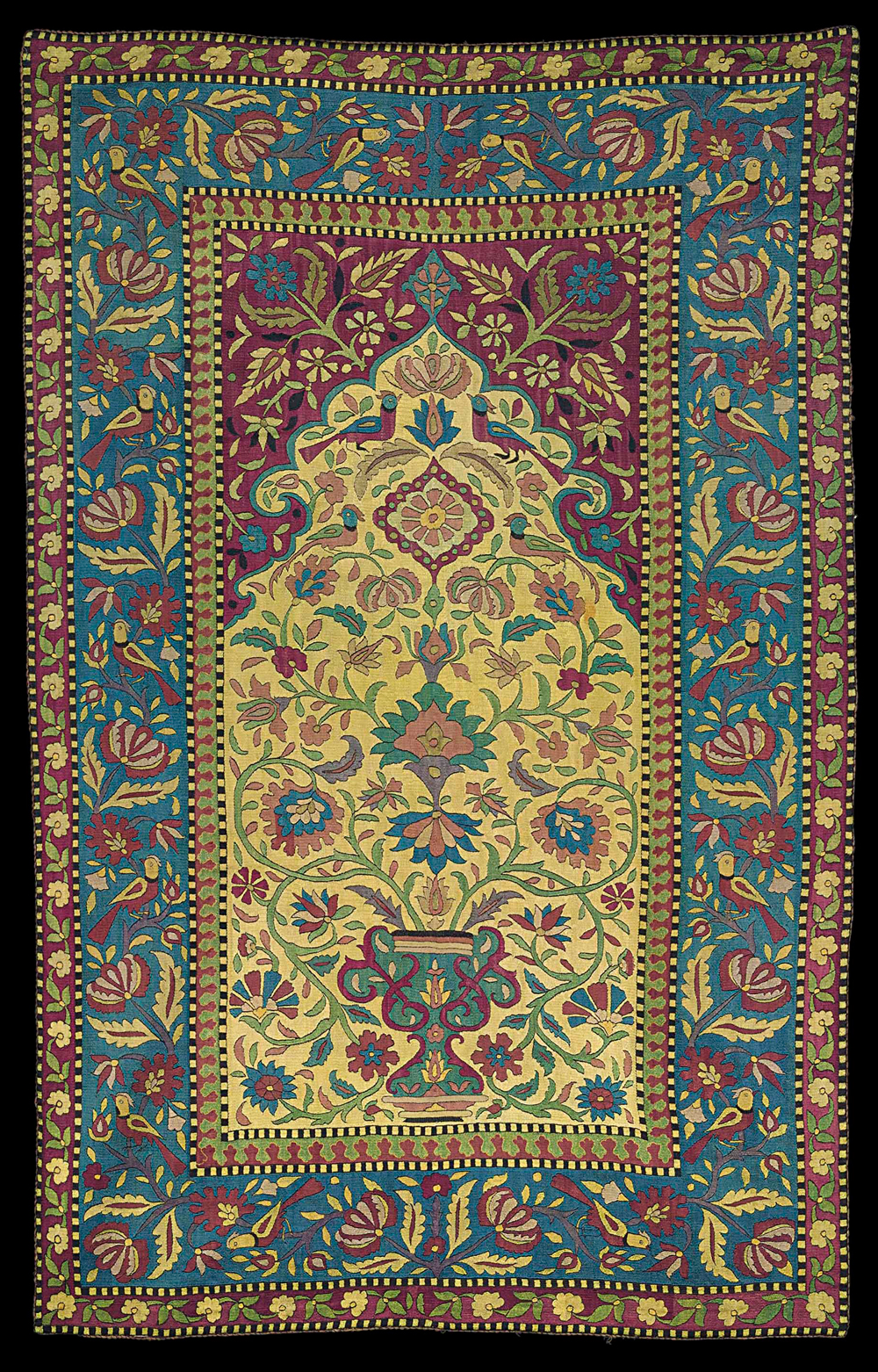
Lot 101, A SILK EMBROIDERED CAUCASIAN PRAYER RUG, LATE 17TH/EARLY 18TH CENTURY, 5ft. x 4ft. (180cm. x 121cm.). £20,000-30,000

Lot 50, A FARAHAN ‘MILLEFLEURS’ PRAYER RUG, WEST PERSIA, EARLY 19TH CENTURY, 6ft.11in. x 4ft.4in. (210cm. x 131cm.). £25,000-35,000


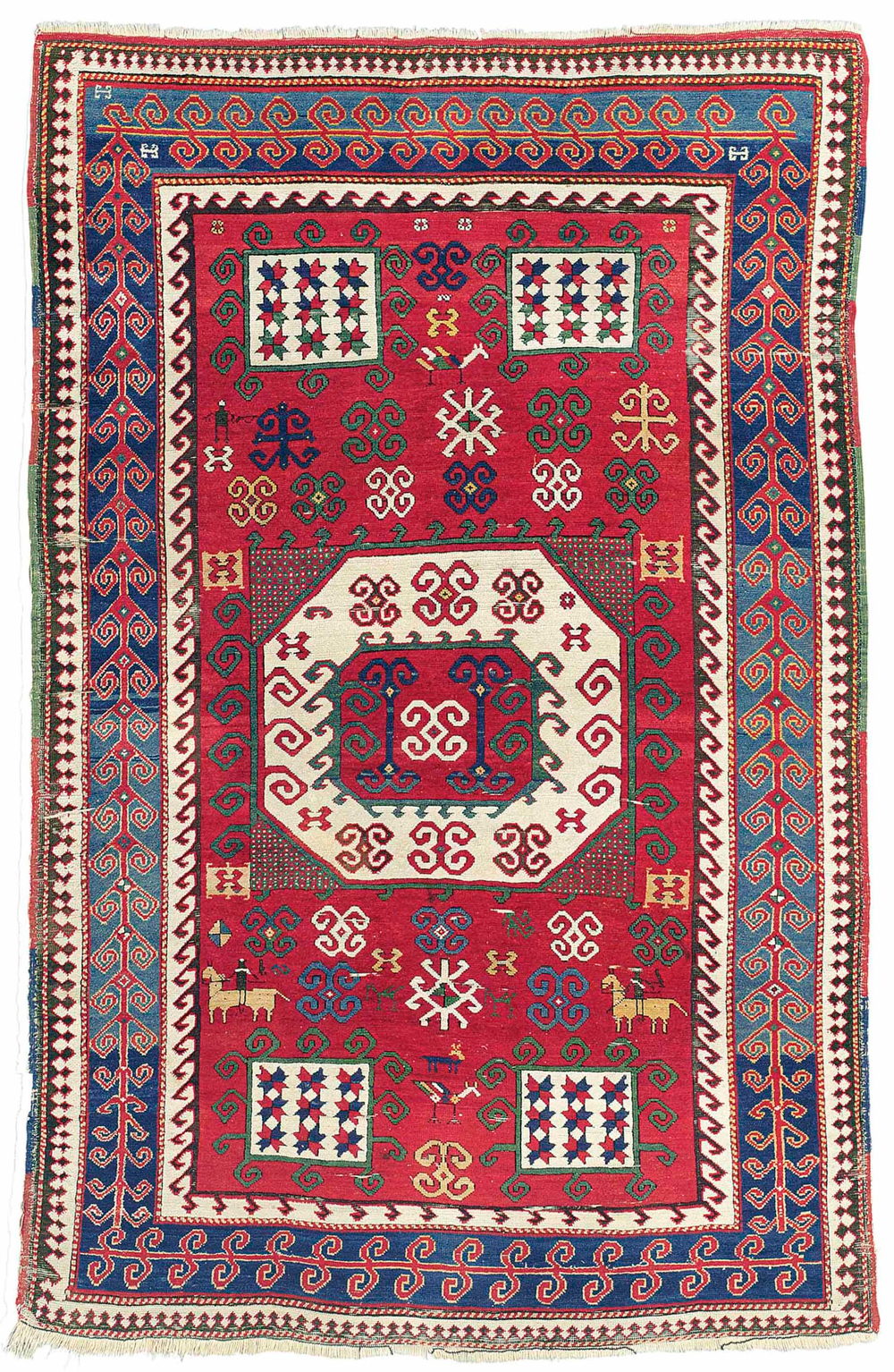
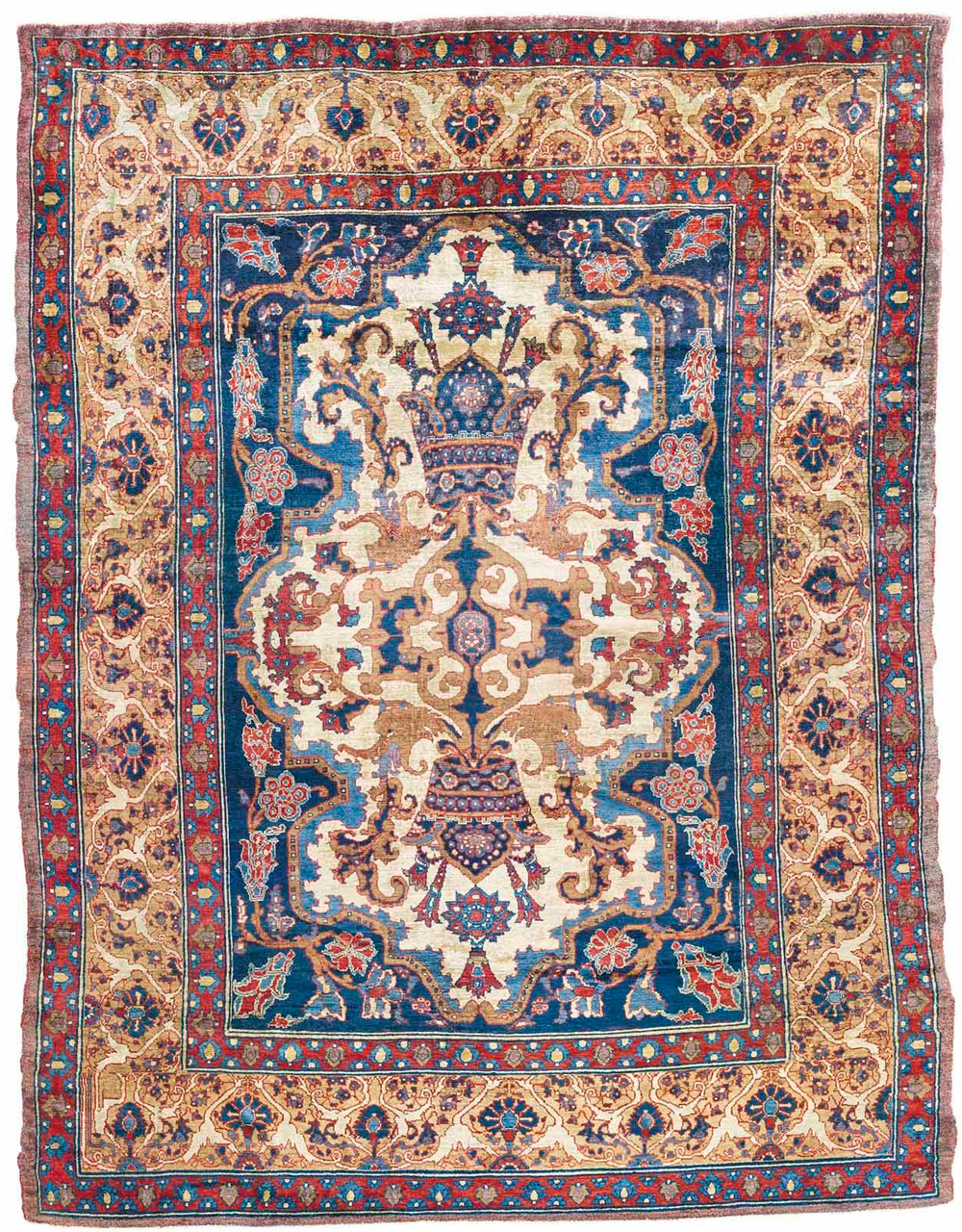
























Comments [0] Sign in to comment